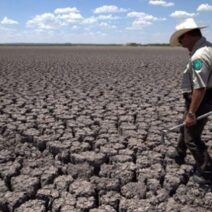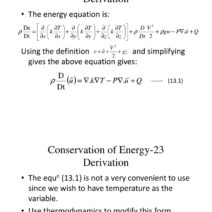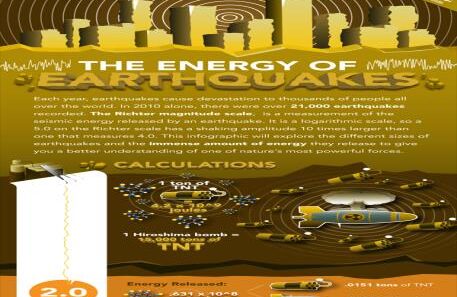Do you ever wonder why it’s crucial to understand conservation of energy? What if you could grasp this fundamental principle through engaging experiments? Conservation of energy is a cornerstone of physics that posits energy cannot be created or destroyed, only transformed from one form to another. By unearthing this concept through playful experiments, not only do we gain a deeper understanding of scientific principles, but we also appreciate the importance of energy efficiency and preservation in our daily lives. Below are several fun and illustrative experiments that you can try to demonstrate conservation of energy.
1. The Pendulum Experiment
One of the most illustrative demonstrations of conservation of energy can be achieved with a simple pendulum. Gather a string, a small weight (like a washer), and a protractor for measuring angles. Suspend the weight from the string and pull it to one side, measuring the height. When you release it, watch as the gravitational potential energy transforms into kinetic energy as the pendulum swings. By measuring the height at the swing’s apex and comparing it to the speed at its lowest point, you can observe how energy transforms while the total remains constant.
2. Roller Coaster Physics
This experiment can be conducted using a toy roller coaster kit or even homemade materials like foam pipe insulation. Create a simple track with a hill and a drop. When the marble (or small ball) starts at a height, it’s filled with potential energy. As it travels down, that potential energy converts into kinetic energy while it accelerates. To challenge yourself, construct multiple drops and loops to visualize how energy is transformed at different points in the system. Discuss the challenges of friction and air resistance, and how they can affect energy conservation.
3. Rubber Band Energy Transfer
For this experiment, gather several rubber bands and a simple wooden block. Stretch a rubber band and release it to see how the stored potential energy from stretching converts into kinetic energy as it propels the block. Measure how far the block travels depending on various tensions applied to the rubber band. Encourage consideration of different materials and how they influence energy loss through heat or sound during the process of transfer.
4. Solar Oven Experiment
Create a simple solar oven using a pizza box, aluminum foil, plastic wrap, and black paper. The idea behind this experiment is to harness the sun’s energy. Design the box to maximize sunlight exposure, and as the sun’s rays enter, they convert to heat energy inside the insulated box. Place a small piece of food, such as s’mores ingredients, and monitor how the energy from the sun is transformed into usable heat energy for cooking. This not only showcases energy transfer, but also serves as a discussion starter on renewable energy sources.
5. The Water Wheel Challenge
Using spoons, a plastic bottle, and a cardboard base, you can construct a simple water wheel. Position the wheel at an incline, then pour water over it. The kinetic energy of the flowing water turns the wheel, demonstrating how mechanical energy can be derived from gravitational potential energy. Additionally, investigate how altering the height of the water source affects the energy transformation and efficiency of the wheel. This experiment can lead to conversations about hydropower and its advantages in energy conservation.
6. Balloon-Powered Cars
Transform the energy of inflated air into motion with a balloon-powered car. Construct a basic chassis using lightweight materials like straws and bottle caps, then attach a balloon to release air for propulsion. Watch as the potential energy stored in the balloon converts into kinetic energy, moving the car forward. This experiment provides numerous variables to explore, including the size of the balloon, car weight, and friction, all influencing how effectively energy is conserved and utilized.
7. Energy Forms Jenga
For a creative twist, draw various energy forms on Jenga blocks (e.g., kinetic, thermal, chemical). As players remove blocks, they can discuss the energy transformation demonstration occurring with each draw. This thought-provoking game encourages critical thinking about energy sources, implications of energy consumption, and sustainability within our communities. Overall, it melds fun with educational dialogue.
8. Gravity-Driven Water Fountain
Using a simple bottle and tubing, create a gravity-driven water fountain to showcase gravitational potential energy. As water flows from an elevated bottle through the tube, its potential energy converts as it descends. This can tie into discussions about natural water cycles and ecosystems. Highlight how these principles govern energy use in nature and can inspire water-efficient practices in society.
These experiments can captivate the imagination and illuminate the profound principles surrounding conservation of energy. Inspiring curiosity about energy principles in engaging manners not only nurtures scientific understanding, but also fosters a mindset of responsibility regarding energy usage and environmental conservation.
As you embark on these scientific challenges, consider the broader implications. How can these principles of energy conservation manifest in our lives? What role does individual action play in the symbiotic relationship between energy consumption and environmental sustainability? The journey to understanding begins with inquiry and experimentation.







